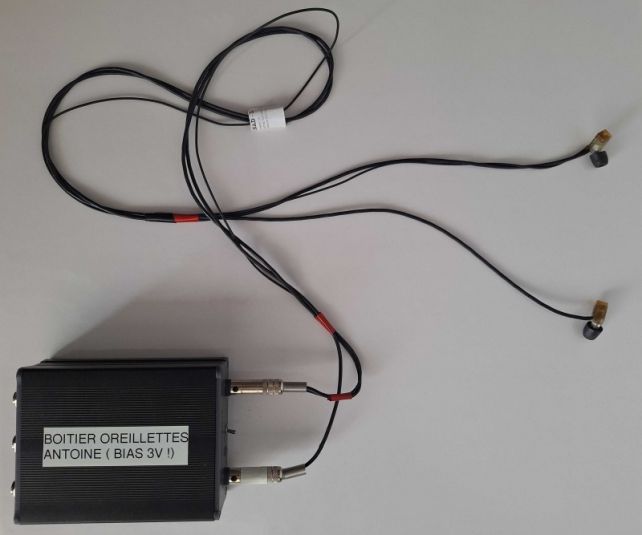A new method for the early detection of Alzheimer’s disease could involve listening to the patient’s eyes via microphones in their ears.
It’s all down to a type of eye movement called a saccade. One of the very first signs of Alzheimer’s is a subtle sluggishness and inaccuracy to these tiny adjustments of the eyeballs.
The kind of equipment typically required to track saccades could make analysis tricky, but strategically-placed microphones designed to listen to the normal functions of the body might be able to measure the movements instead.
A team of researchers led by electrical engineer Rachel Bouserhal of École de Technologie Supérieure in Canada and neuroscientist Chris Niemczak of Dartmouth College in the US aims to test the technique on 35 Alzheimer’s patients to gauge its efficacy.
“Eye movements are fascinating since they are some of the most rapid and precise movements in the human body, thus they rely on both excellent motor skills and cognitive functioning,” says electrical engineer Arian Shamei of École de Technologie Supérieure.
To construct a meaningful visual picture of an image or a scene, our eyes make a series of rapid, coordinated movements, fixing their focus on one point after another for tens of milliseconds at a time. You may have seen them if you’ve ever closely watched someone reading, or seen the rapid movement of their eyes during REM sleep.
frameborder=”0″ allow=”accelerometer; autoplay; clipboard-write; encrypted-media; gyroscope; picture-in-picture; web-share” referrerpolicy=”strict-origin-when-cross-origin” allowfullscreen>
These are saccades, and for a patient with Alzheimer’s, the tiny motions become slower and less accurate as motor control degrades. It’s very subtle at first, just a few milliseconds, but the changes becomes more pronounced as the disease progresses.
Scientists believe saccadic latency has potential as an early diagnostic tool for Alzheimer’s disease, one that is inexpensive, non-invasive, pain-free, and accessible to people with varying literacy levels. But eye-tracking equipment is not always portable or accessible, so the researchers thought another option might work: a type of technology called a hearable.
“It is an earpiece with in-ear microphones that captures physiological signals from the body,” says electrical engineer Miriam Boutros of École de Technologie Supérieure.
“Our goal is to develop health-monitoring algorithms for hearables, capable of continuous, long-term monitoring and early disease detection.”

Your eyes’ movements, including saccades, produce tiny vibrations in your eardrums. Most people can’t hear them because the body and brain are able to filter them out; in fact, patients with a rare condition called superior canal dehiscence syndrome can hear their own eyeballs moving.
But a sensitive microphone can detect these vibrations. To determine whether they can provide enough information to serve as a diagnostic tool, the researchers will equip 35 patients diagnosed with Alzheimer’s disease or mild cognitive impairment and 35 healthy controls with eye-tracking devices and hearables.
It is hoped their findings will inform the development of a wearable tool for not only diagnosing Alzheimer’s earlier, but tracking the progress of the disease. And, since Alzheimer’s isn’t the only condition that can manifest saccadic latency, the principle could be applied elsewhere too.
“While the current project is focused on long-term monitoring of Alzheimer’s disease,” Shamei says, “eventually, we would like to tackle other diseases and be able to differentiate between them based on symptoms that can be tracked through in-ear signals.”
The team presented their work at the 187th Meeting of the Acoustical Society of America.





